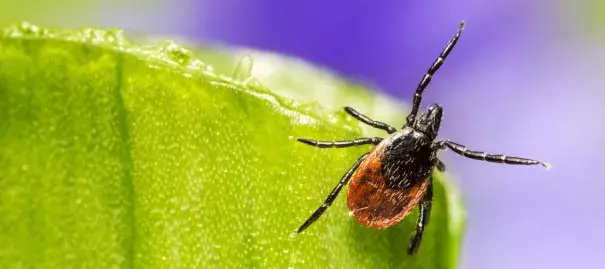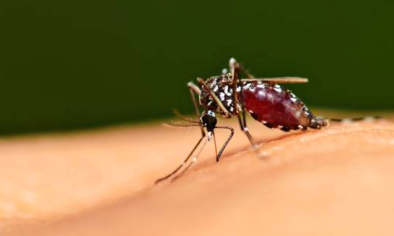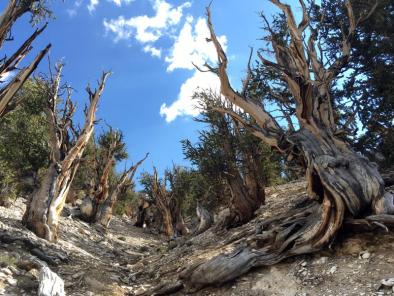Climate change is spreading Lyme disease

Immature deer ticks are called questing nymphs. They now inhabit a wide swath of North American forests, but they didn't always. During early summer, their quest is for blood. The season now starts earlier and lasts longer than it did in the past, which is good for the ticks. But it's bad for humans, because these ticks carry the bacteria, viruses, and parasites that cause Lyme disease, anaplasmosis, deer tick encephalitis, and babesiosis...
Cases of Lyme disease first appeared in 1976 in the woodsy suburb of Lyme, Connecticut. At that time, deer ticks were found only in a hotbed encircling Long Island Sound, along with a small area in Wisconsin.
Since the 1970s, deer ticks have rapidly extended their reach north, west, and south. The most recent map shows that deer ticks now roam throughout the eastern coastal states, from Maine to Florida, and across the Midwest. They are now established in 45 percent of U.S. counties. That means the deer tick has more than doubled its reach in the 20 years since the previous map was published...
Ticks spend the majority of their lives on the forest floor. They are vulnerable to changing local climates and death by freezing, drowning, or desiccation. Warmer winters and longer summers let more ticks survive and thrive further north each year. Warmer temperatures quicken the tick life cycle, too. Tick eggs hatch sooner and ticks spend more time questing for blood, and so are increasingly likely to feast on a human and pass on a disease-causing pathogen. Because more ticks survive and mature more quickly, diseases can be transmitted faster
Related Content




